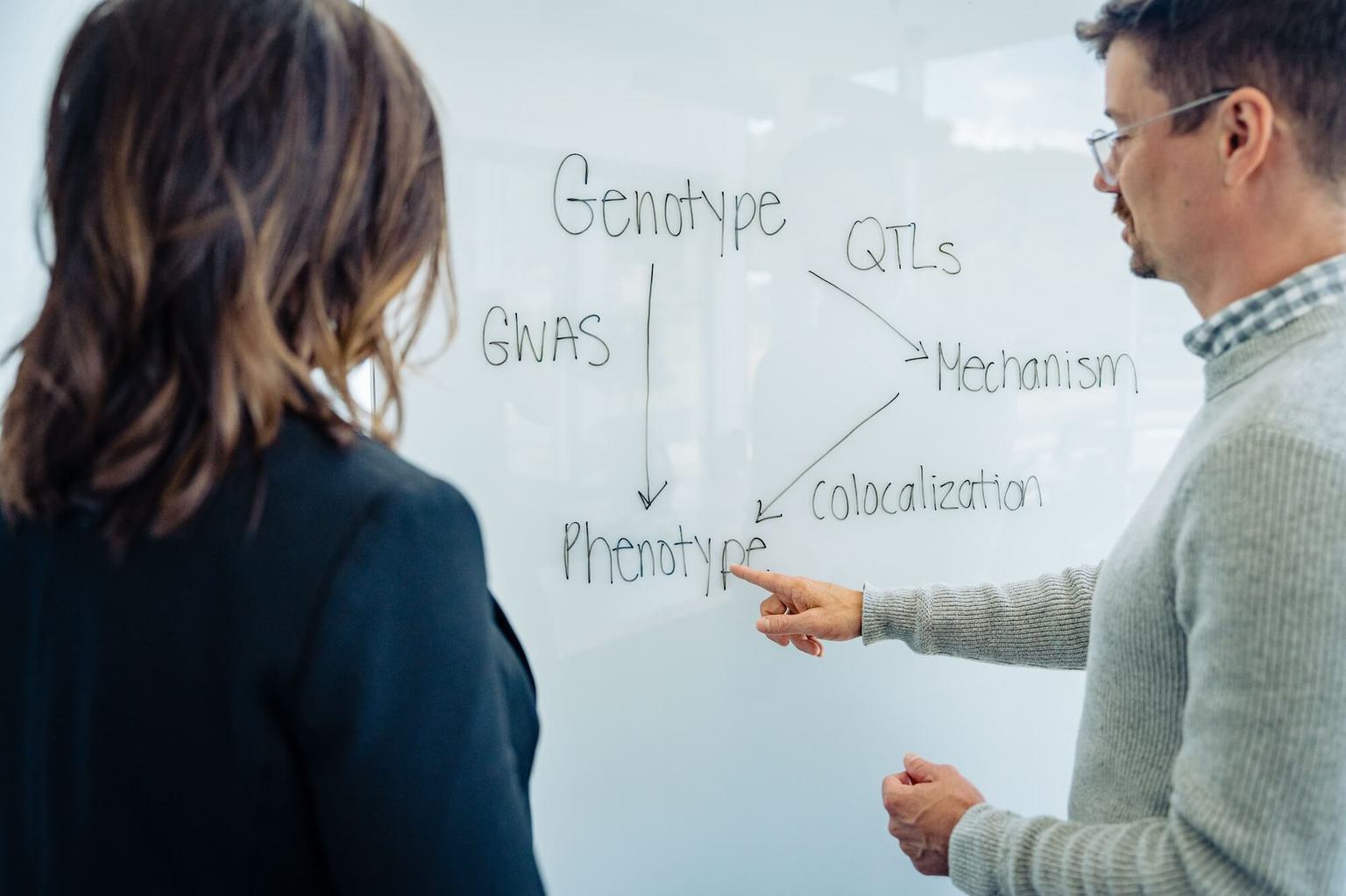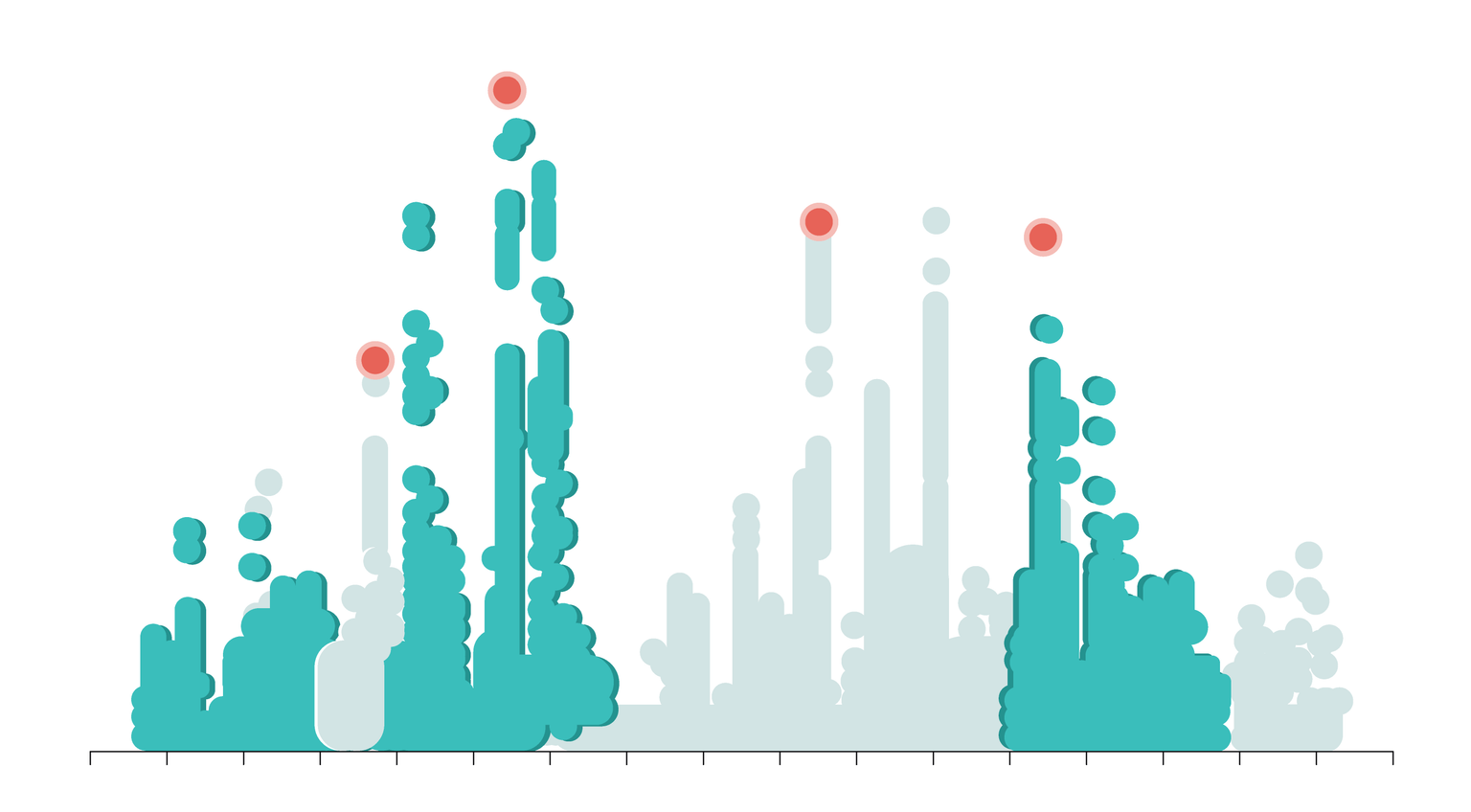Genomic Discovery
VB-Inference enables a molecular understanding of disease
Our platform integrates multi-omic data using the latest statistical genetics and machine learning frameworks to identify targets with strong genetic evidence and clear therapeutic hypotheses.


Multi-omic Integration
VB-Inference was designed from the ground up to map the molecular mechanisms underlying genetic associations by integrating across multi-omic data. Genome-wide association studies (GWAS) are colocalized with molecular quantitative trait loci (QTLs) to identify causal genes and generate therapeutic hypotheses. By anchoring our analyses on the genome our platform establishes causation not correlation.

Harmonized Resources
Public datasets are highly fragmented, making cross-study analyses challenging and limiting their discovery potential. To overcome this, we have harmonized data from essential genetics and functional genomics resources and ingested them into VB-Inference. This makes them queryable alongside results from Variant Bio studies using our interactive data application. As larger and more comprehensive datasets become available, they continue to feed into VB-Inference and enhance discovery potential across all data.

AI/ML Powers Discovery
Structured data enable VB-Inference to leverage advances in machine learning and generative AI to further discovery. Our proprietary models can accurately predict clinically relevant traits from multi-omic data, dramatically expanding the therapeutic area scope of studies. Customized large language models (LLMs) apply complex reasoning to coalesce results across thousands of association studies, uncovering novel targets and identifying repositioning opportunities for existing assets. We do not sacrifice data privacy for innovation - individual-level data are not used to train LLMs and we run all models on infrastructure that we control.